As expectant mothers enter the third trimester of pregnancy, everyday activities like traveling by car require renewed attention to safety details. One of the most crucial yet often overlooked aspects is the proper positioning of the seatbelt’s lap belt. While most drivers and passengers are accustomed to buckling up without a second thought, pregnancy introduces new considerations that demand a shift in habit and awareness. The goal is not only to comply with traffic safety laws but to actively protect both the mother and the developing baby in the event of sudden stops or collisions.
During the final months of pregnancy, a woman’s body undergoes significant changes that can make a standard seatbelt fit uncomfortable or even hazardous if not adjusted correctly. The abdomen expands, the center of gravity shifts, and sensitivity to pressure increases. A lap belt resting high across the belly—rather than low across the hip bones—can pose serious risks. In a crash, the force exerted by a improperly placed seatbelt could lead to injuries such as placental abruption or uterine trauma, endangering both the mother and the fetus. It is essential, then, to understand not just that the lap belt must be positioned correctly, but why it matters and how to achieve it consistently.
Understanding the Risks of Incorrect Lap Belt Placement
Many pregnant women express concern about wearing a seatbelt at all, fearing that the restraint itself could harm the baby. This is a dangerous misconception. Research and crash data consistently show that the risk of injury is far greater for an unbelted occupant. The real danger lies not in wearing the seatbelt, but in wearing it incorrectly. When the lap belt is placed over the dome of the abdomen, it ceases to function as designed. In a frontal collision, the body is thrown forward with tremendous force. A properly worn lap belt transfers this force to the strong skeletal structures of the pelvis. However, if the belt is over the soft abdomen, that force is absorbed by the uterine wall and the fetus itself. This can result in direct fetal injury or cause the placenta to separate from the uterine wall, a life-threatening condition for both mother and baby.
Furthermore, the airbag system in a vehicle is designed to work in conjunction with a properly worn seatbelt. An out-of-position occupant, whether due to slouching or an incorrectly routed belt, may not benefit from the airbag’s protective design and could even be injured by its deployment. The combination of a mispositioned lap belt and an airbag can create a complex impact scenario that is best avoided entirely through correct belt use. The message is clear: the lap belt must be low.
Guidelines for Optimal Lap Belt Positioning
So, what does correct positioning look like? The golden rule is that the lap belt must lie snugly across the hip bones, below the curve of the belly. It should fit over the upper thighs and the very top of the pelvis—the body’s strongest load-bearing structures. This position ensures that in the event of a crash, the force of the impact will be distributed to these sturdy bones, safely restraining the mother and shielding the baby from direct pressure.
Achieving this fit might require conscious adjustment every single time you enter the car. It is not enough to buckle up and pull the shoulder strap; you must actively guide the lap portion into place. For many women in their third trimester, this means manually ensuring the belt is routed under the abdomen. Some may find it helpful to adjust their sitting position, ensuring they are not slouching and that their back is as straight as possible against the seatback. The shoulder belt should then cross the center of the chest and be positioned to the side of the belly, between the breasts and over the shoulder without slack.
If the vehicle’s existing seatbelt does not comfortably or securely stay in this low position, there are approved products designed to help. Seatbelt adjusters are available that clip onto the existing belt and create a new anchor point, pulling the lap portion downward to maintain the correct, low fit across the pelvis. It is critical to use only products that are certified for crashworthiness and that do not introduce slack or alter the belt’s retraction mechanism. Always consult your vehicle’s manual and, if possible, your healthcare provider before using any aftermarket safety device.
Addressing Common Discomforts and Concerns
It is no secret that car rides can become increasingly uncomfortable during the third trimester. The need to wear a seatbelt low on the hips can sometimes exacerbate feelings of pressure or constraint. However, this discomfort is a minor trade-off for a vastly increased level of safety. To alleviate some of this unease, consider using a small cushion or rolled towel to support the small of your back, which can improve overall posture and make the belt’s fit feel more natural. Taking breaks on long journeys to stretch and walk around is also highly recommended to promote circulation and reduce stiffness.
Another common concern is the feeling of the belt pressing on the bladder, which can be particularly sensitive during pregnancy. While this can be annoying, it is again a sign that the belt is likely in the correct position over the pelvic bones. Planning trips to include rest stops can help manage this inconvenience. The key is to never compromise the safety position of the belt for temporary comfort. The few seconds it takes to adjust the belt correctly are invaluable.
The Role of Education and Habit Formation
Ultimately, the consistent practice of correct seatbelt use is a matter of habit and education. Obstetricians, midwives, and prenatal class instructors play a vital role in reinforcing this message. It should be a standard part of prenatal care to discuss travel safety, just as nutrition and exercise are discussed. Partners and family members should also be aware of the proper technique so they can offer gentle reminders and support. Making a conscious check of the lap belt’s position a non-negotiable part of the pre-drive routine is the best way to ensure it becomes second nature.
In conclusion, traveling by car during the third trimester is perfectly safe when done correctly, and the proper positioning of the lap belt is the cornerstone of that safety. It is a simple, actionable step that has a profound impact on risk reduction. By keeping the lap belt low and snug on the hips, expectant mothers are taking a powerful proactive measure to protect themselves and their unborn children on every journey, no matter how short.

By /Aug 26, 2025

By /Aug 26, 2025
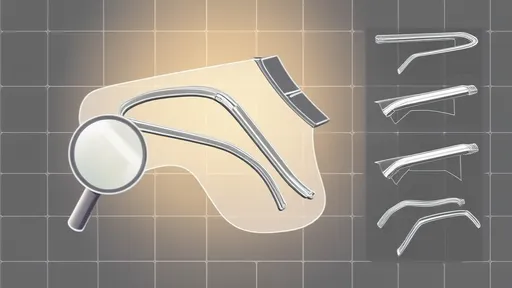
By /Aug 26, 2025

By /Aug 26, 2025

By /Aug 26, 2025

By /Aug 26, 2025

By /Aug 26, 2025

By /Aug 26, 2025
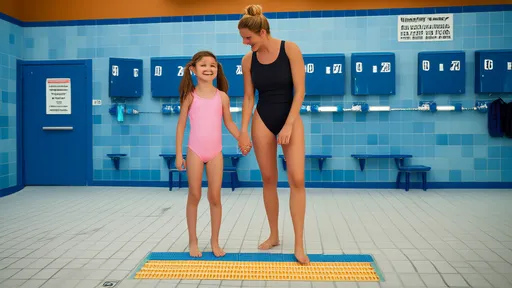
By /Aug 26, 2025
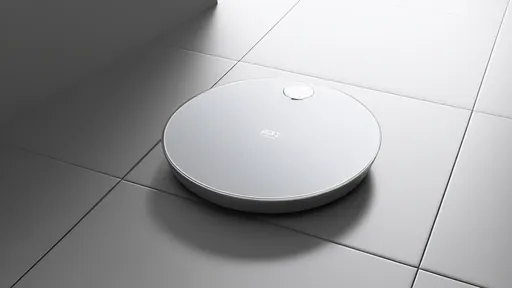
By /Aug 26, 2025

By /Aug 26, 2025
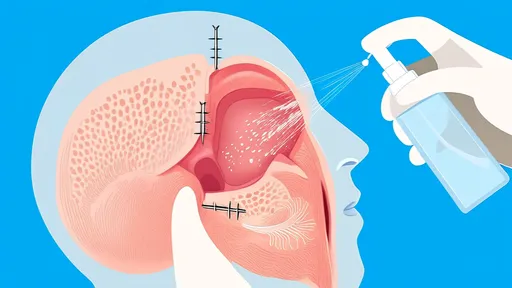
By /Aug 26, 2025
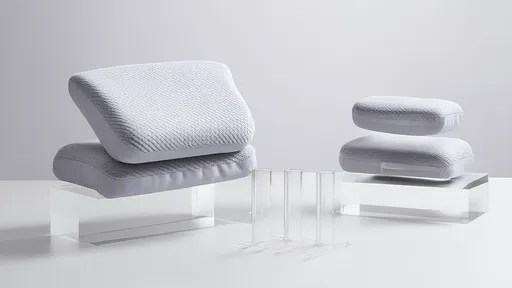
By /Aug 26, 2025

By /Aug 26, 2025
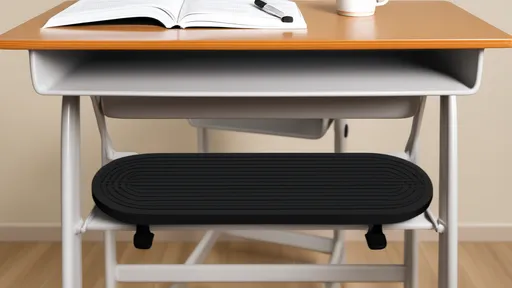
By /Aug 26, 2025
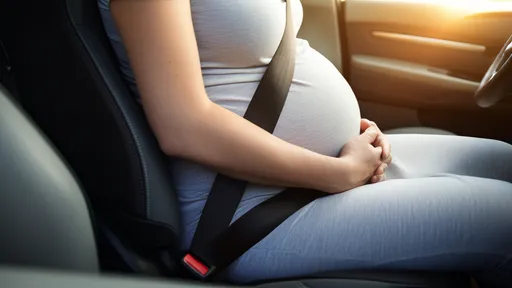
By /Aug 26, 2025
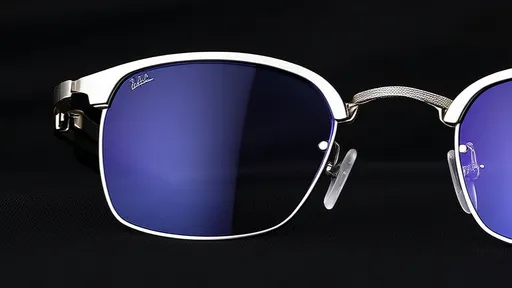
By /Aug 26, 2025

By /Aug 26, 2025

By /Aug 26, 2025

By /Aug 26, 2025